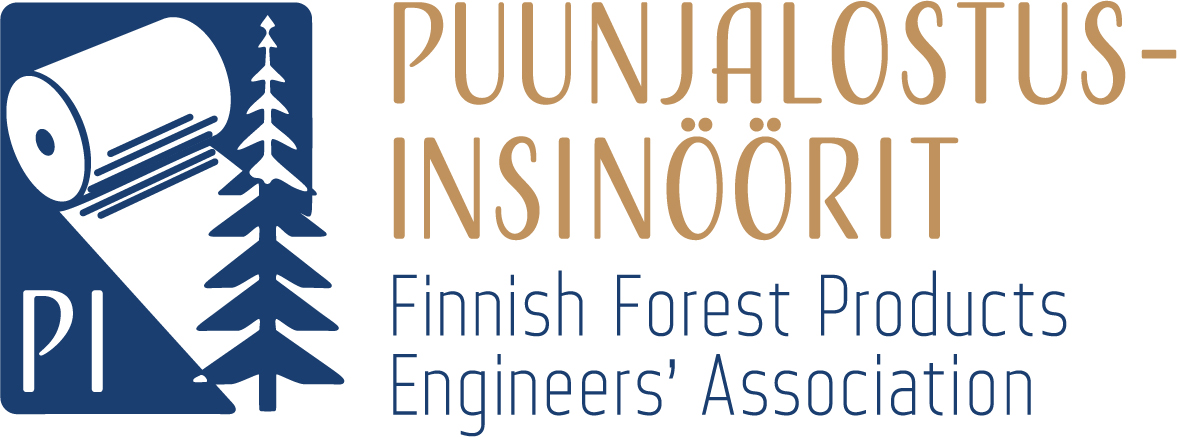Sustainable development is key in solving the challenges of education, research and industry. And this process should not be postponed too far into the future, because clear solutions are already being sought today.
The “Afterwork with FinnCERES” webinar presented results of the early years of the competence centre jointly formed by Aalto University and VTT Technical Research Centre of Finland. The ExpandFibre ecosystem project, headed by the cross-industry leading companies Metsä Group and Fortum aims to examine the cooperation between research and industry.
The webinar, held in September, was organised by FinnCERES and PI.
Sustainability is everywhere
Dean of Aalto University School of Chemical Engineering, Kristiina Kruus, highlighted the need for sustainable solutions. Sustainability will be the top priority for Aalto University in everything, from teaching to research and collaborations with industry, because sustainability will become an overall operational prerequisite in the future. The goal is that all operations of Aalto University are based on sustainable criteria by the year 2024.
“Sustainable approaches are necessary for all future applications,” said Kruus, summing up.
The focus on sustainability was also evident in the launch of the Bioinnovation Centre, for which Aalto University received considerable funding from the Jane and Aatos Erkko Foundation in 2020. The centre will speed up the pace at which Finland is moving to a circular and bio economy, creating new educational, research and business opportunities in line with sustainable development. Sustainability is indeed everywhere, as the perspectives of approaching the challenges include technology, art, design and business.
Deep into cellulose
The research and product development conducted by FinnCERES, the joint bioeconomy competence centre of Aalto University and VTT Technical Research Centre of Finland, is focused on wood-based biomass. FinnCERES researches and develops new products based on wood fibre. A deep understanding of biomass is the only way to increase the added value of wood-based products.
“We look at broadly everything that new lignocellulose could be used to make,” say professors Tekla Tammelin and Monika Österberg.
Lignocellulose can be used as textile fabric, a plastic-like material as well as for medical, optical and water-purification solutions, among other uses. To an extent, this is possible already, but scaling up will be possible by 2026.
The researchers highlighted the importance of good contacts and close connections to industry. That is the only way the research results produced by FinnCERES can be turned into products. One example is collaboration with the industry in the ExpandFibre ecosystem project.
Metsä Group and Fortum together
According to Katariina Kemppainen from Metsä Spring, the goal of the collaboration between ExpandFibre and FinnCERES is to update cellulose to a product of a high degree of processing. Metsä Group considers the research work conducted by the bioeconomy competence centre to be very important.
“We hope to cooperate very closely with FinnCERES,” says Kemppainen.
Metsä Spring is an innovation company that is part of Metsä Group and Kemppainen is the company’s Investment Manager. She also acts as the Metsä Group project manager in the ExpandFibre project, in which the other leading company is Fortum.
The aim of the programme is to develop new technologies and business concepts for producing textile fibres and other new bio products from wood, which is the focus of Metsä Group, and the straw-based cellulose Fortum already produces in its own Bio2X programme. Business Finland granted the programme EUR 20 million of funding in a competition for leading companies. The project will run until 2024.
To Stockholm with pitches
Pitches by young researchers closed the seminar. The researchers will travel to Stockholm in October to participate in the Young Researchers’ Challenge held in connection with the Marcus Wallenberg Prize ceremony as “the Finnish team”.
The topics of the sales pitches presented by young researchers included using lignocellulose in medicine, packaging and in solving the world’s waste problems.
